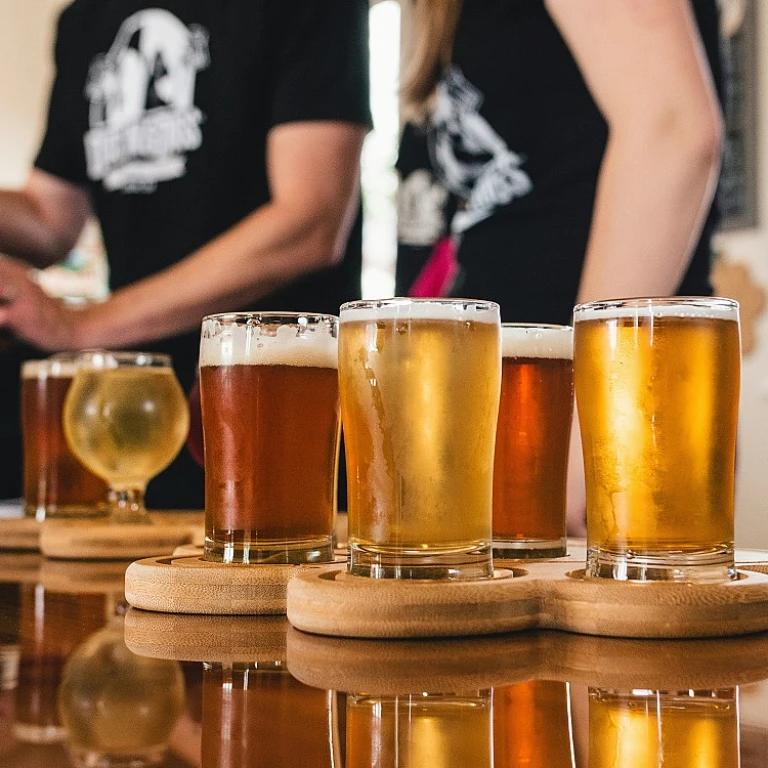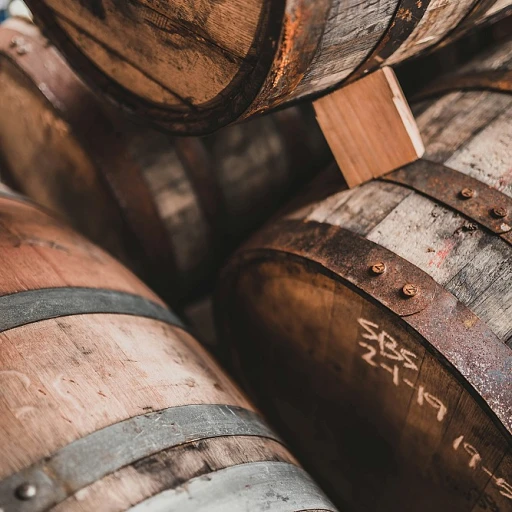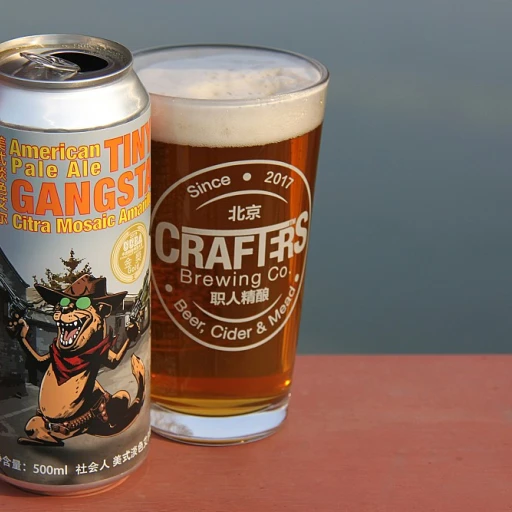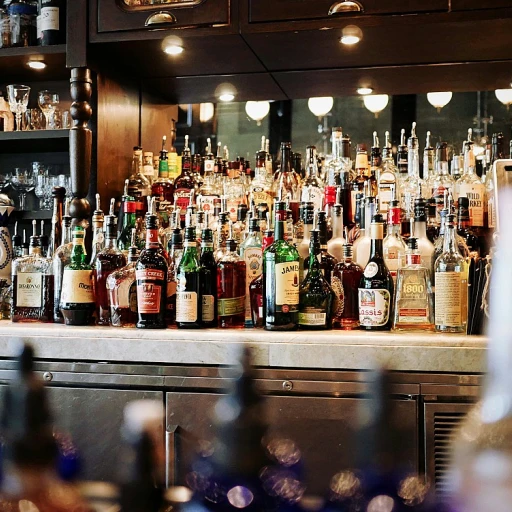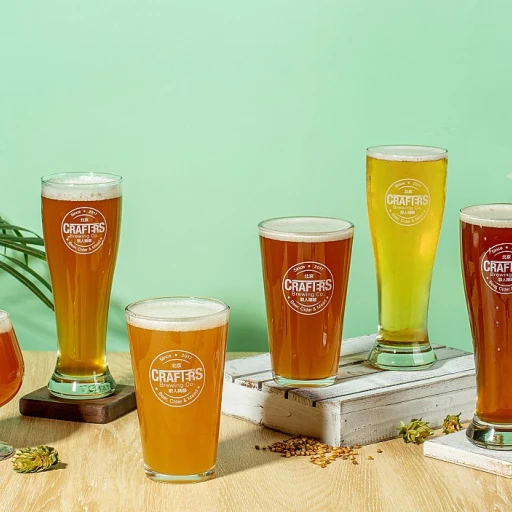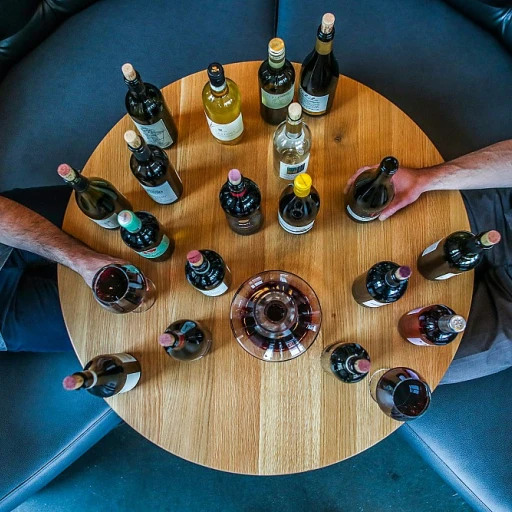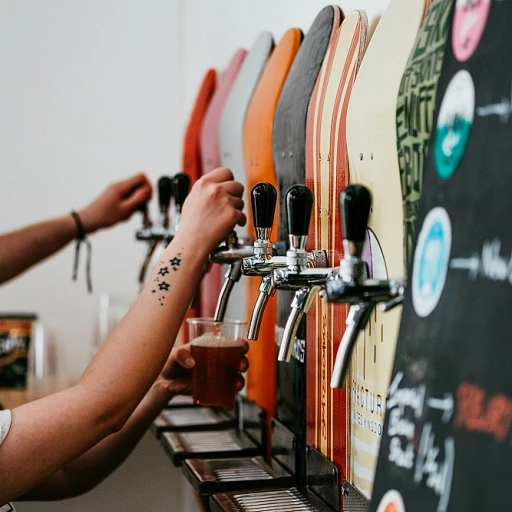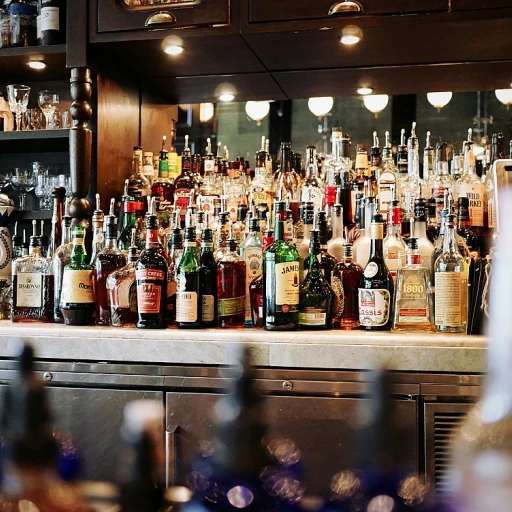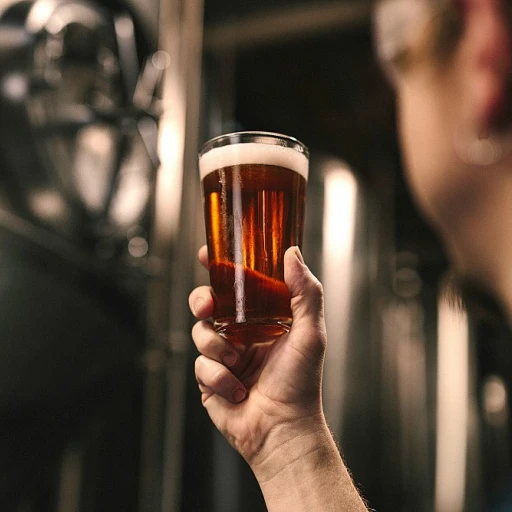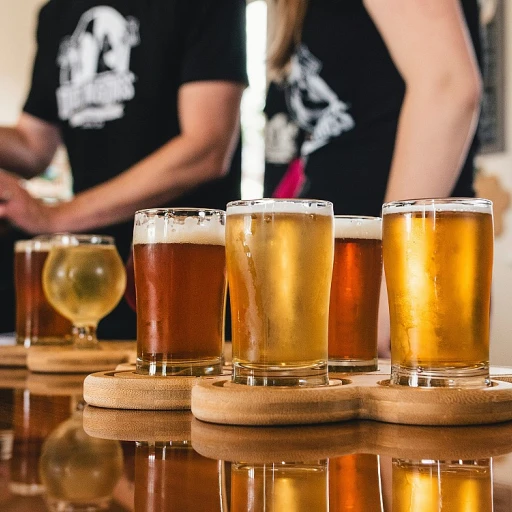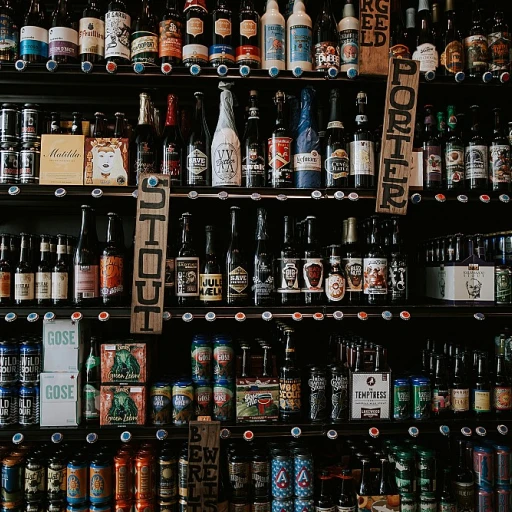
The Artistic Genius of Edouard Manet
Edouard Manet: The Visionary Behind Le Bon Bock
Edouard Manet, a celebrated artist of his time, had a remarkable ability to capture the essence of his subjects in a way that resonated deeply with art enthusiasts and casual observers alike. His work, "Le Bon Bock," is no exception. Known for breaking with convention and pushing the boundaries of traditional art, Manet stands as a pivotal figure in the transition from Realism to Impressionism.
The Artistic Context of Manet's Era
In the time of Manet, art was undergoing a profound transformation. Artists were exploring new themes and techniques, challenging the status quo and expressing an emerging modern sensibility. Manet brilliantly navigated these evolving artistic landscapes, bringing to life rich textures and complex compositions that continue to captivate audiences today. His ability to blend light and dark elements, both literally and metaphorically, made his paintings uniquely compelling.
Pioneering Painting Techniques
Manet's "Le Bon Bock" exemplifies his pioneering techniques, where bold brushwork and vibrant contrasts create a strikingly dynamic visual experience. These techniques were not just innovative but also laid the groundwork for many artists who followed. His painting not only captures a scene but evokes the atmosphere and spirit of the times, engaging the viewer in a deeper dialogue with the canvas.
To learn more about the evolution of beer and its place in modern history, visit our original standard bearers of beer page, which highlights the rich tapestry of beer's history intertwined with cultural and artistic movements.
Le Bon Bock: A Masterpiece in Oil
An Unforgettable Composition in Paint
Edouard Manet's "Le Bon Bock" is often celebrated for its vivid portrayal and intricate detail, capturing a moment of leisure that resonates with audiences around the globe. Executed with precision, this masterpiece in oil is a testament to Manet's keen eye for life as it unfolded around him, making it a quintessential representation of the quotidian experiences of his time. Manet's choice of employing a rich palette and bold brushstrokes serves to encapsulate not only the essence of the scene but also the very texture of the moment. As viewers, we are transported to a Parisian tavern, with its lively yet intimate atmosphere, through Manet's skilled depiction of light and shadow. The painting stands as a reminder of the cultural backdrop into which "Le Bon Bock" is set, a backdrop that includes both the art world and the growing fascination with beer culture. Moreover, it's essential to appreciate how Manet's work converses with the art styles of his time. The realism and impressionism movements inform his technique, yet "Le Bon Bock" also hints at the individuality and innovation that mark Manet's broader oeuvre. In doing so, the painting doesn't merely capture a moment with a brush but invites us to engage with the sensory experience of taste and camaraderie that accompanies the enjoyment of beer. For those interested in the juxtaposition of art and beer history, this exploration of tradition in brewing offers a deeper dive into the cultural landscape that includes "Le Bon Bock." original standard bearers of beer.The Cultural Significance of Le Bon Bock
The Cultural and Historical Context of This Masterpiece
Le Bon Bock isn’t just a captivating painting; it is interwoven within the fabric of its time, reflecting the cultural and social atmosphere of the era. Painted during a period when artists were exploring new visions and themes, Edouard Manet captured much more than just a scene in a tavern. This artwork echoes the burgeoning cafe culture in Paris, which was central to the social life of the populace. Cafes and taverns provided a melting pot where people from different backgrounds came together, fostering diverse discussions and relationships. Manet's depiction of the working-class man enjoying his beer symbolizes the democratic spirit that these establishments became known for. Such places were witness to revolution, intellectual exchanges, and artistic ferment. The painting highlights the simplicity yet profound significance of everyday moments, making it not only an artwork but also a snapshot of social history. Furthermore, beer as a subject connects to this cultural narrative in a broader context. The practice of savoring beer spans across various cultures, as seen in the rich tapestry of African beer traditions, illustrating beer's far-reaching impact on societies around the world. Le Bon Bock stands as a testament to how intertwined art and life truly are, showing the timeless relationship between the two.Le Bon Bock in Modern Times
Modern Interpretations and Influence
Le Bon Bock, crafted by the talented Edouard Manet, remains a significant piece of art, captivating both art enthusiasts and beer lovers even today. The painting’s ongoing impact is evident in its continued presence in various exhibitions, celebrating the fusion of art and beer culture. In modern times, Le Bon Bock not only represents the harmonious marriage of these two creative worlds but also influences contemporary artistic narratives. Many artists draw inspiration from Manet's masterpiece, using beer as a symbol of cultural conversation, hospitality, and relaxation. This painting, with its rich detail and emotional depth, continues to inspire those who seek to explore themes related to camaraderie and everyday life. The timelessness of Le Bon Bock opens doors to new interpretations and reimagining, inviting viewers to discover their connection to the culture and history represented in the piece. Moreover, Le Bon Bock's influence extends beyond the canvas, encouraging breweries to craft experiences that engage their patrons on a sensory level. Many establishments aim to capture the ambiance depicted in Manet's work, transforming beer tasting into an artistic experience, where the senses are immersed not just in flavor but also in history and culture. This symbiotic relationship between art and beer continues to thrive, reinforcing the connection highlighted in Manet’s timeless painting.Art and Beer: A Timeless Connection
When Art and Beer Unite
Throughout history, art and beer have been more intertwined than one might initially think. From the brushstrokes of historic depictions of beer to the clinking of glasses at a modern-day museum event, the connection is undeniable.
Manet's masterpiece, aptly capturing the cultural essence of his era, serves as a reminder of how art can encapsulate not only moments but also societal rituals. "Le Bon Bock" is a prime example of this interplay. Today, the work is celebrated in countless exhibitions around the world, often accompanied by beer tastings that bring the historic imagery to life.
In modern times, breweries have embraced this symbiosis, often commissioning or collaborating with contemporary artists to design intricate, creative labels for their bottles and cans. These artworks not only beautify the products but also enhance the overall experience of enjoyment, making the act of savoring beer a sensory exploration that goes beyond taste.
Art galleries and beer houses now frequently partner for events that combine both worlds. These gatherings have become a new cultural phenomenon, where enthusiasts can enjoy the flavor of carefully crafted beer while appreciating stunning pieces of art – much like Manet's "Le Bon Bock."

